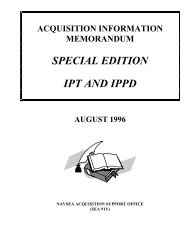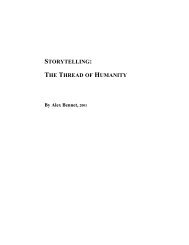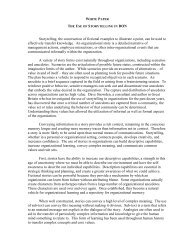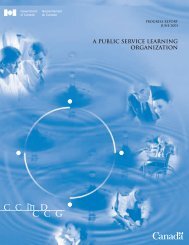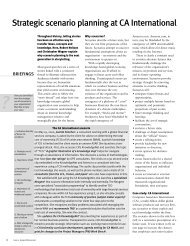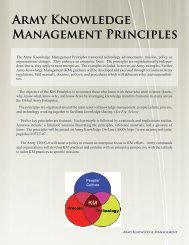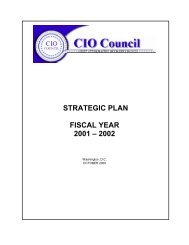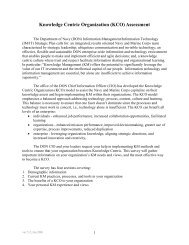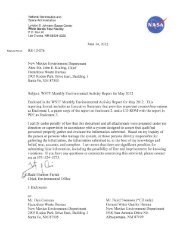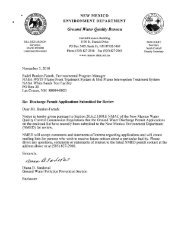NAVAL AVIATION SYSTEMS - NASA Wiki
NAVAL AVIATION SYSTEMS - NASA Wiki
NAVAL AVIATION SYSTEMS - NASA Wiki
You also want an ePaper? Increase the reach of your titles
YUMPU automatically turns print PDFs into web optimized ePapers that Google loves.
need.<br />
Purpose: The SOO expresses the basic, top-level objectives of the acquisition and is provided in the Request for<br />
Proposal (RFP) in lieu of a government-written SOW. This approach gives Offerors the flexibility to develop cost<br />
effective solutions with the opportunity to propose innovative alternatives<br />
that meet those objectives. The SOO reduces the inherent instructions to Offerors regarding "how to" typically<br />
found the SOW.<br />
Guidance: The preferred approach is for the government to include a brief (2 to 4 page) SOO in the RFP and<br />
request that the Offerors provide a SOW in their proposal. The SOO is included as an attachment to the RFP,<br />
typically appended to section L. The SOO does not become part of the contract. Instructions for the contractor<br />
prepared SOW should be included in Section L and be compatible with the Integrated Master Plan/Integrated<br />
Master Schedule and the WBS instructions. The following steps provide the conceptual process for developing the<br />
SOO. This is an intimate and fundamental part of the RFP development with major impacts to Section L and M.<br />
Step 1. The IPT RFP team develops a set of objectives compatible with the overall program direction including<br />
the following:<br />
a. The user(s) operational requirements (ORD)<br />
b. the programmatic direction (e.g. Acquisition Plan, Acquisition Strategy)<br />
c. Draft technical requirements (system spec) and<br />
d. A draft WBS and dictionary<br />
Step 2. Once the program objectives are defined, they will need to be distilled or focused so that the SOO<br />
addresses product oriented goals and performance oriented requirements.<br />
Lessons Learned: The SOW/SOO developer has not always:<br />
1) known the contract/program detailed requirements,<br />
2) researched the applicable regulations, policies and procedures,<br />
3) known that the SOW is not a miscellaneous catch-all document,<br />
4) known that a SOW is a requirements document representing work needs,<br />
5) known that technical performance requirements (specification) should<br />
not be in the SOW,<br />
6) known that the SOW task may result in the generation of data, and that<br />
the task should not directly address the preparation of data,<br />
7) known that Block 5 of the CDRL must reference the correct SOW<br />
paragraph that describes the performance based work effort that<br />
results in the data being developed and delivered.<br />
Available Training Course:<br />
- The PID Process class is available through the HRC.<br />
- Performance Based SOW available through the HRC.<br />
POC: John Jones, AIR-1.3.3, 301-757-9090, Bldg 441<br />
64



